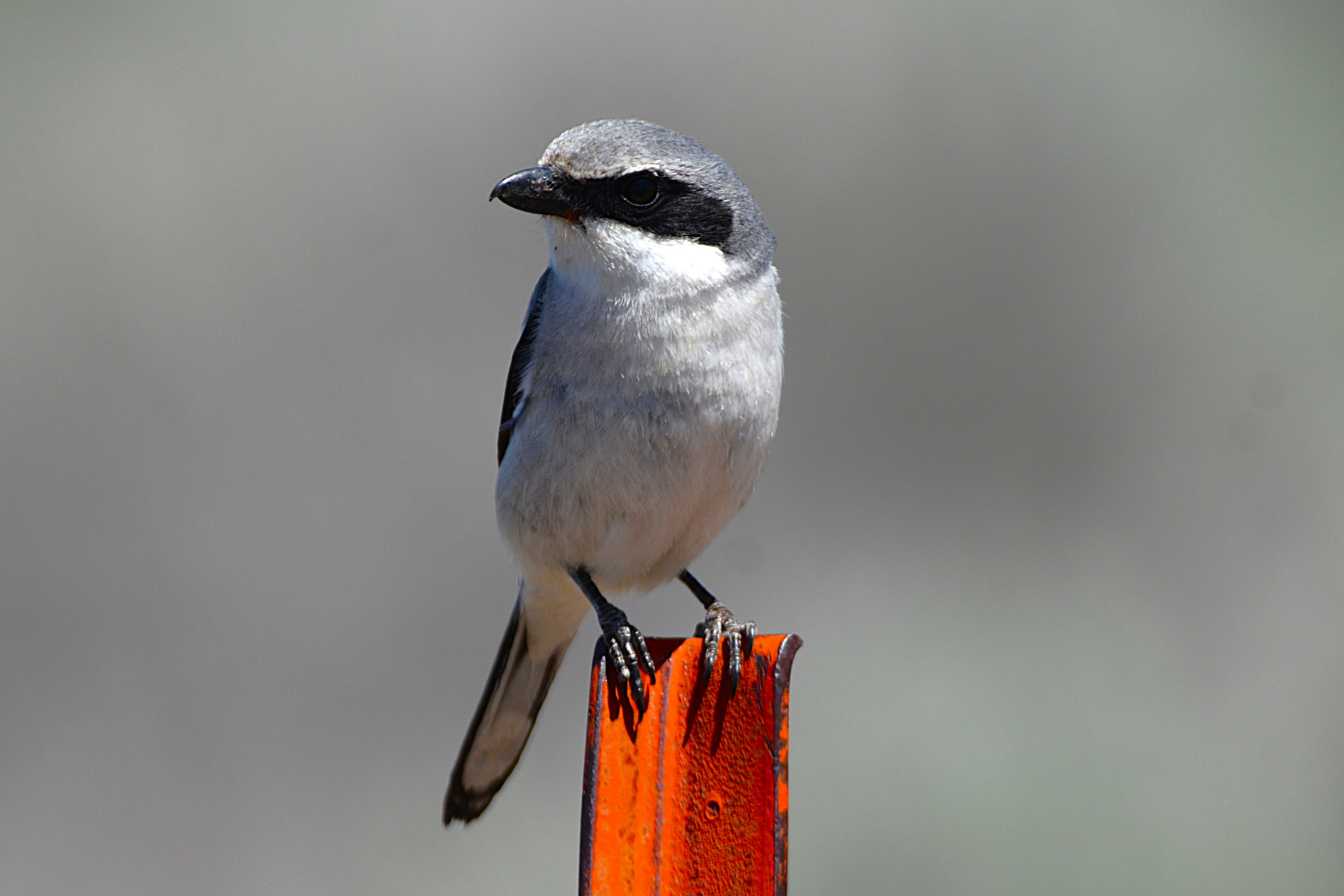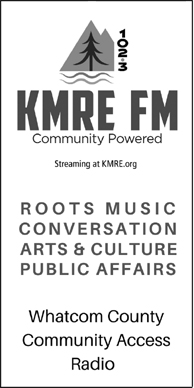Beaks and Bills
Part I
The Road to Malheur
by Joe Meche
As I mentioned in the preview from last month’s “Beaks and Bills,” the first part of our spring road trip this year was revisiting our first trip together … way back in 1992! We, of course, are a few years older but still enthusiastic about spending another four days and three nights at one of the best places to observe wildlife in the West … the Malheur National Wildlife Refuge (Malheur) in southeastern Oregon. On two previous trips, the second in 2002, we enjoyed the luxury of one of the trailers on the Malheur Field Station. Several trailers were on the site, all named after birds … ours was the Dipper on both occasions. The trailers are mostly gone now, replaced by two individual tiny houses, one of which would be ours.

photo: Joe Meche
American avocet
Another part of this year’s journey was the sensible solution to slow down and take the back roads to get there. We would get there in three days instead of biting off too much of the road at a time and making it in just two. We appear to be wiser now, as I’ve heard happens when you enter the so called golden years. No need to punish ourselves with long days behind the wheel … what’s the hurry? With that concept as a focus for the entire trip, we were much more relaxed as we set off on a typically damp west side morning.
After a smooth three-hour drive from Bellingham, we made an impromptu stop to visit with friends in Winthrop. An hour later we arrived at our first stop. Coincidentally, this was the same place where we began in 1992 … Alta Lake State Park. As many times as we’ve been to this state park over the years, it was comfortably familiar. All of our grandkids practically grew up here and the two oldest were on board when we had to evacuate due to the wildfire that consumed the area where we were camped. But, the good times far outweigh the bad, so it was a good way to start our trip.
Day Two took us to the Emigrant Springs State Heritage Campground and proved to be our wettest and chilliest stop of the entire trip. The campground itself is situated off Interstate 84 south of Pendleton, Oregon. At the end of a long day on the road, neither the weather nor the flow of traffic took away from our estimation that this campground was worthy of a return visit … that’s the way we usually rate campgrounds in general.
We arrived at Malheur on a dry and windy afternoon on Day Three. At first the wind was problematic, but at least it held the expected mosquitoes at bay. Fast forward to the day we left the refuge and the wind had stopped. We pulled into an overlook at the Narrows and they swarmed the vehicle so much they we never got out to see more birds! They are the only drawback to Malheur in the spring. They were especially bad this year because of the huge expanse of water left over from historic flooding in the area around Burns, the nearest town. It will only get worse so I’m glad we went when we did!
Our tiny house at the Malheur Field Station was perfect. The one we stayed in was the first one there and proved to be a great headquarters for three nights. Th is tiny house was efficiently designed to make the best use of an eight by thirty foot dwelling. It had all the conveniences we needed and was extremely comfortable! Day trips are easy when you know you have a cozy place to lay your head at the end of the day. It was also easy for me to brew a first cup of coffee and leave for early birding without waking Cindy.

photo: Joe Meche
Black-necked stilt
From the start. we planned to spend one day in the area around the refuge headquarters (HQ), a veritable oasis in the high-desert sagebrush country of southeast Oregon. The grounds and surrounding trees attract a number of nesting birds, ranging in size from great horned owls to Wilson’s warblers and hummingbirds. The HQ did not disappoint this year. We enjoyed the owl family of four as well as a red-tailed hawk nest with three chicks. Across the road and south from the HQ, we drove two miles into the heart of the refuge on the Center Patrol Road. We saw American avocets, blacknecked stilts, and both glossy and white-faced ibises in good numbers, along with a variety of waterfowl and a lone American white pelican. A cooling breeze kept the mosquitoes down, thankfully. A sighting of a handsome loggerhead shrike was notable and unexpected.

photo: Joe Meche
Loggerhead shrike
One of our prime points of focus for another day trip was the very remote community of Fields. This small settlement is just north of the Nevada state line and the Fields Station is home to world famous hamburgers and milkshakes. After the long drive we had to treat ourselves, of course. Instead of the usual Brewer’s blackbirds looking for handouts, however, we enjoyed the company of black-billed magpies that took up that role. We were disappointed that the Fields Oasis, another hotspot for great horned owls, was flooded and inaccessible.
On the way to Fields, we passed through Frenchglen, home of the historic Frenchglen Hotel. This is yet another in the long list of surprises to be found literally in the middle of nowhere. Meals at the hotel offer great food and a throwback to the time of a more simple way of life. The hotel is an Oregon State Heritage Site and was built in 1917 to serve stagecoach travelers to the area. You would be hard pressed to find a more peaceful or quieter hotel in such a beautiful setting.
The campground at Page Springs is nicely tucked away on the Blitzen River just down the road from Frenchglen. We’ve camped there on past visits and found it to be an excellent, well-maintained campground with lots of elbow room between sites. There are no electric hookups and that suits us just fine. Canyon wrens and yellow-breasted chats provided some of the sweetest sounds you’ll ever need. At the end of the same road is the beginning of the loop drive into the magnificent Steens Mountain Wilderness, southeast of Malheur. We had hoped to drive part of the loop road but the lower gate was closed due to heavy snow that still lingered. Maybe we’ll consider it as an idea for a trip in the fall.
Steens Mountain is a single fault-block mountain that rises from 4,200 feet on the desert floor to the summit at 9,738 feet above sea level. The geological history of the mountain is one of extensive volcanic activity and the vegetation varies according to elevation. This large wilderness area provides a home to herds of wild horses and a variety of birds including golden eagles and the protected sage grouse. Grizzly bears once roamed the mountain, but, like the Native Americans, they were driven off.
In retrospect, our time at Malheur was everything we knew it would be and more … we expected the mosquitoes. The birds we wanted to see were there, along with a few surprises and our accommodations exceeded our expectations. It is a long drive and, as I said in my first “Beaks and Bills” column in June of 2002, it is the epitome of remote. The entire area offers a classic example of the vast basin and range country of the West.
Like the pages of “Blue Highways” by William Least Heat Moon, back roads remain near and dear and provide a real look into the America that I love. The Interstate Highway System is a marvel unto itself and a quicker way to go from Point A to Point B since it’s built for speed. I try to use it sparingly as a means to connect the dots only when necessary. After a quick stop in Burns to refuel, the morning drive from Baker City to John Day on Highways 7 and 28 was outstanding and solidified the appeal to get off the main roads.
Coming in August:
Part II, Cannon Beach and the Oregon Coast
____________________________
Joe Meche is a past president of the North Cascades Audubon Society and was a member of the board of directors for 20 years. He has been watching birds for more than 60 years and photographing birds and landscapes for more than 40 years. He has written over 200 columns for Whatcom Watch.





























